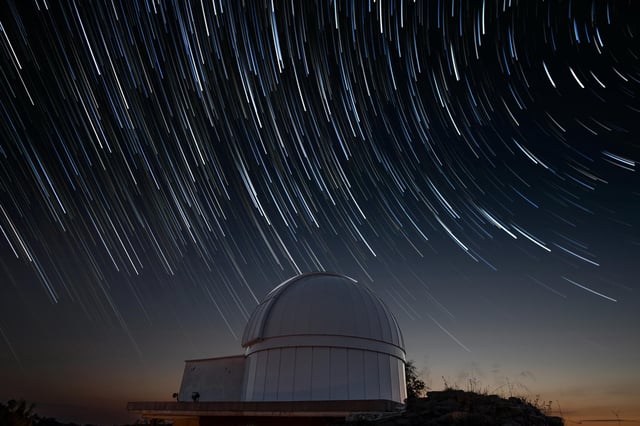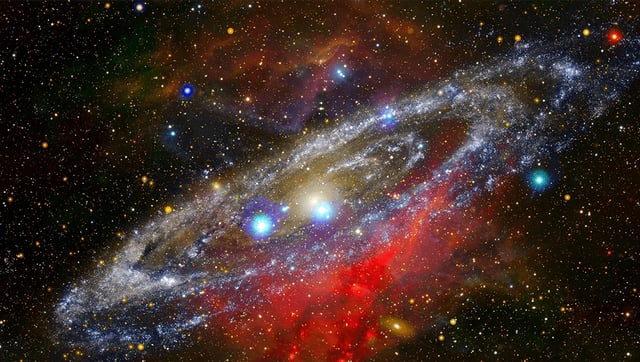Overview
- The rotating universe model, published in the Monthly Notices of the Royal Astronomical Society, resolves the Hubble tension without contradicting current astronomical data.
- The Hubble tension refers to the persistent discrepancy between early-universe measurements (~67.4 km/s/Mpc) and local measurements (~73 km/s/Mpc) of the universe’s expansion rate.
- Researchers suggest the universe rotates at a nearly imperceptible rate, completing one spin every 500 billion years, which affects how space expands over time.
- This model avoids relativistic paradoxes, such as time travel loops, by staying within the maximum permissible rotation speed under the laws of physics.
- Future work will focus on developing simulations and identifying observational signatures to test the rotating universe hypothesis empirically.



